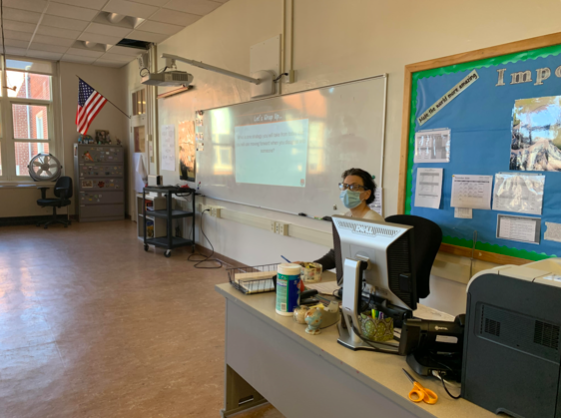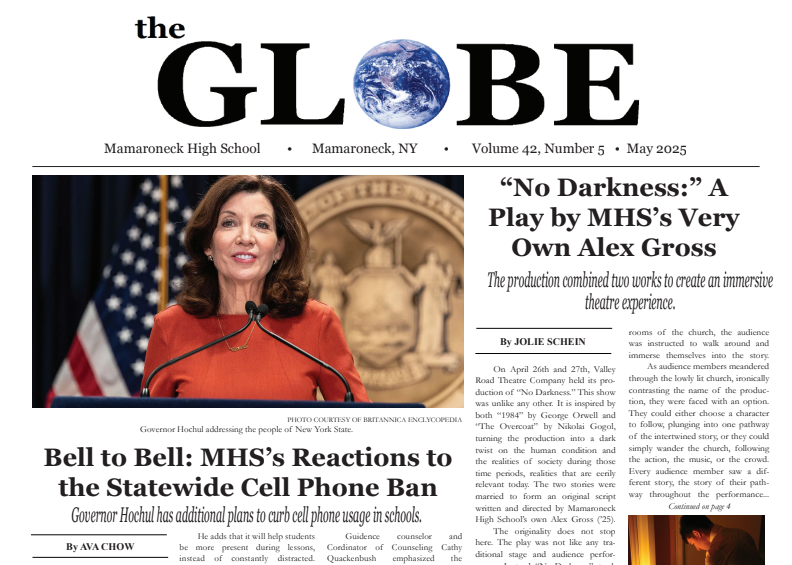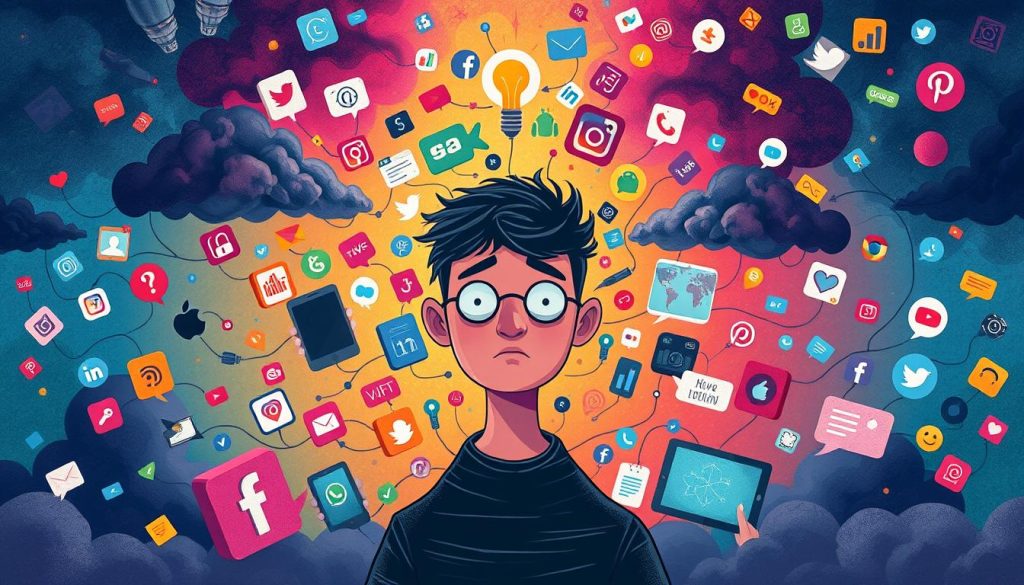Teachers Make Accommodations During Difficult Year

Global and Psychology teacher Melissa Katz teaches a hybrid class.
June 23, 2021
This school year, teachers at MHS have had to overcome many challenges. Be it the frustrations of Zoom or the exhaustion of students, teachers have had to adapt their teaching methods to accommodate many new circumstances. Mamaroneck High School approached learning during COVID with a unique concept: synchronous learning. Other high schools in the area used a similar hybrid learning model to the one MHS used in the earlier portion of this year, except that they gave asynchronous work to kids who were at home. The combination of synchronous learning with COVID restrictions has made it hard for educators to be able to adapt their usual teaching methods, especially with student relationships.
“I have students’ [whose] faces…I’ve never seen,” said English teacher Juliana Zalon. Zalon teaches English, and noticed that she lost the ability to bond with her students this year. “Normally, when I teach, I walk around the room, and I can kind of crouch down next to a student and talk to them and ask them questions.” However, this was not possible this year due to COVID-19 restrictions. Although she was not able to develop strong relationships with her students, Zalon was able to strengthen her already solid colleague relationships. Zalon talked about how she and her colleagues all collaborated on units by sharing slideshows and lessons with each other. She spoke about how the best aspect of the English department at MHS is “discussion, specifically sparking debate and creating a journey to understanding.” It was difficult to incorporate this aspect, but her colleagues showed her a type of software called Padlet, which would allow students to have these same conversations just using their computers. When prompted on her thoughts on the hybrid learning system from earlier in the year, she said, “Everything about it was flawed, but there was no better way of doing it.”
Other teachers agreed with her in that the school had done everything in its power to make learning during this difficult time as easy as possible. However, there were just too many variables that could not be controlled. Robert Hohn, a Computer Science and Algebra 2H teacher, noticed this issue with the in-person and at-home groups of students during the hybrid model. He talked about how the biggest struggle of hybrid learning was trying to keep the remote students interested in the lesson at hand. “I liked being able to engage people here and at home, but at the same time, there was a lot of feedback that students were not paying attention and were not focused when they were at home,” said Hohn. “I wonder if we could have done a better job at keeping kids engaged.” He also noted that it was a lot harder for fun activities to be done in the math and computer science classes that he taught this past year, saying that most of his assignments in class were worksheet-based. On the other hand, he also noticed a lot of upsides to the school’s new learning model right now. “Compared to the beginning of the school year, we are pretty much back to normal. I’ve been much more intentional about what I am teaching on a given day due to the 40 minute classes compared to the 50 minute classes. It has allowed me to have more practice days and to slow down because we’re seeing each other everyday.” He went on to say how he appreciated the ability to take an extra day or two to solidify a topic that his students were not fully confident in. He was also grateful for the “minor changes” to his teaching style, a circumstance that not many teachers were blessed with.
Peter Greene, a Global 10 and AP Euro teacher, was not such a lucky teacher. “I have had to make a lot of changes to how I normally run my class,” explained Greene. “I had to shift to all-digital assignments, which was not that ideal.” However, after trying out this new way of teaching, Greene has decided that this is a method he may keep in the future. “I might keep certain group tasks digital, because it is a lot easier for everyone to add to a document than for everyone to physically write on the same document. There were certain aspects of some lessons that were actually done faster than they would have been done if they were on paper.” He also talked about how he will be keeping away from formal exams. This year, he gave virtually no exams to his students. Due to the level of micromanaging that would have to be put in place for a test, he decided to shift over to alternate forms of assessment. These assessments included projects, maps, and essays, all of which he will be sticking with in the future as evaluations of understanding. When asked about one of the biggest struggles of teaching during COVID, Greene brought up an interesting point. “One of the things that I think a lot of people outside the profession don’t realize is the problems that Zoom creates with sound. Hearing your students, your students hearing each other, audio feedback, ambient noise, all of these things created enormous difficulties just even communicating with your class.” He also touched on how, specifically during the hybrid learning plan, the amount of students in front of a teacher varied. It was hard to make a cohesive class because of the amount of variation in the student groups. It was even harder to teach due to the eight-period day. Greene noticed that the longer days combined with the computer screens created a teaching environment that was a lot harder for students to pay attention in. This made it a rarer occurrence for students to participate, and a somewhat dull class environment.
Overall, this year was a struggle for students and teachers alike. Teachers like Greene, Zalon, and Hohn all had to adapt their teaching methods to make sure that students were getting the most out of this school year. Mamaroneck School District administrators did a phenomenal job at trying to give students an experience as close to a pre-COVID schooling experience as possible, and although it came with some barriers, MHS managed to rise to the occasion and get through it. While it may have been a tough year for many members of the school community, teachers at MHS went above and beyond to make sure students had as great of a school year as possible.





